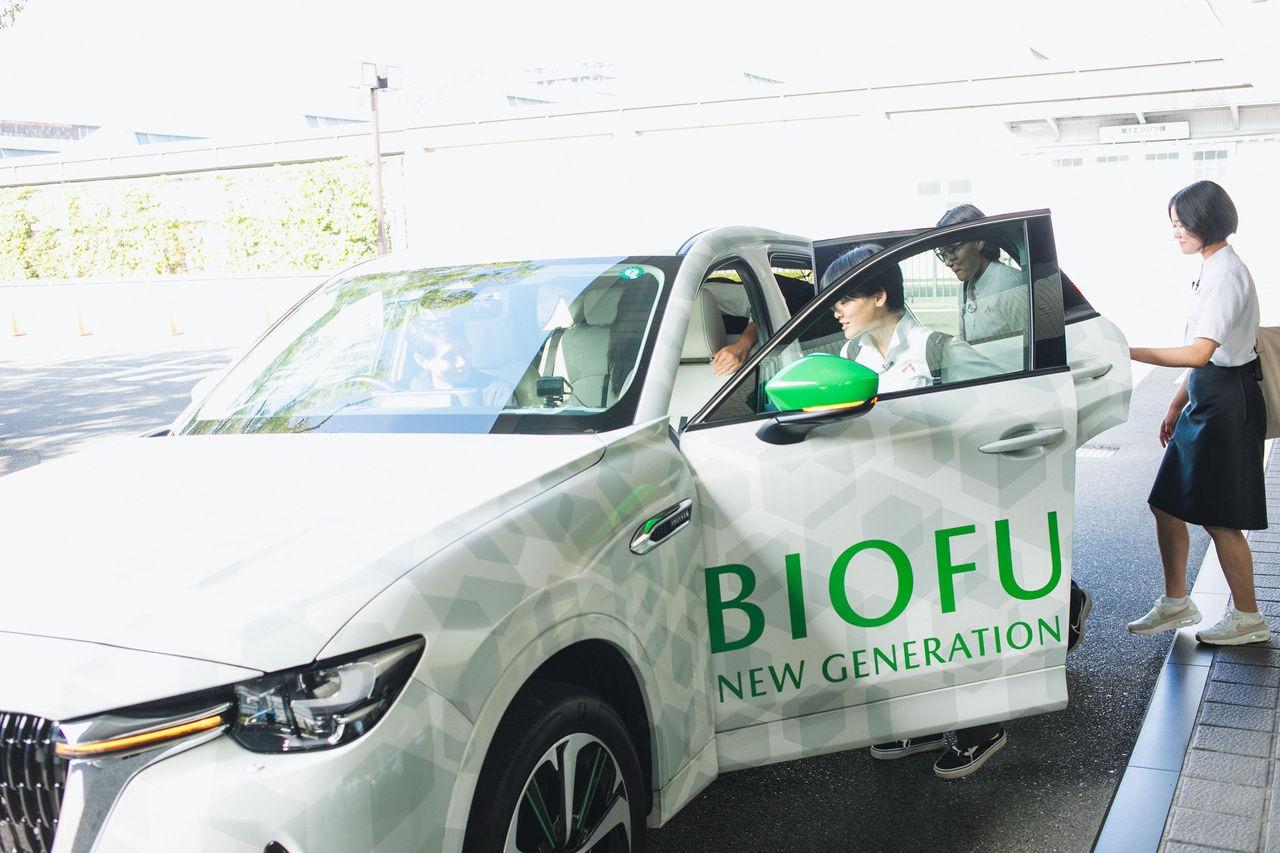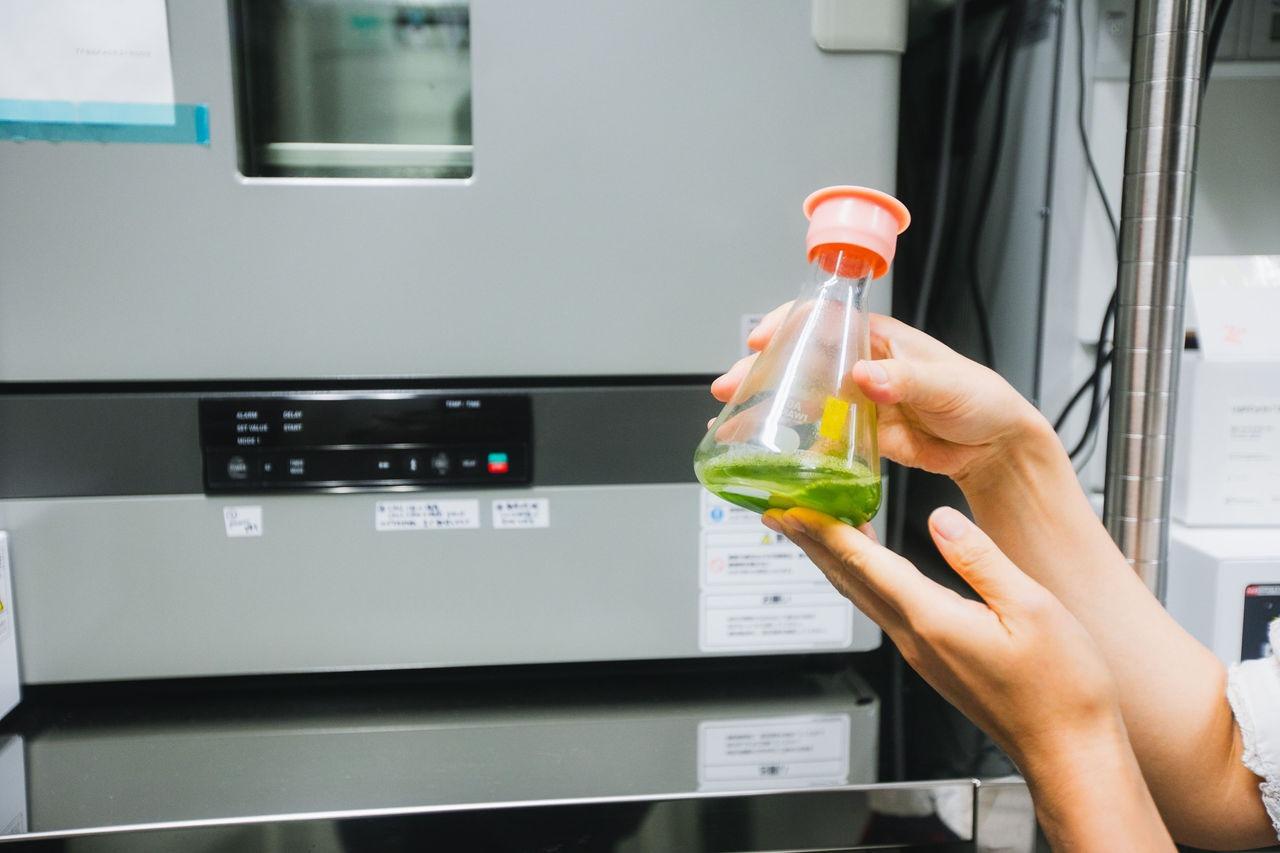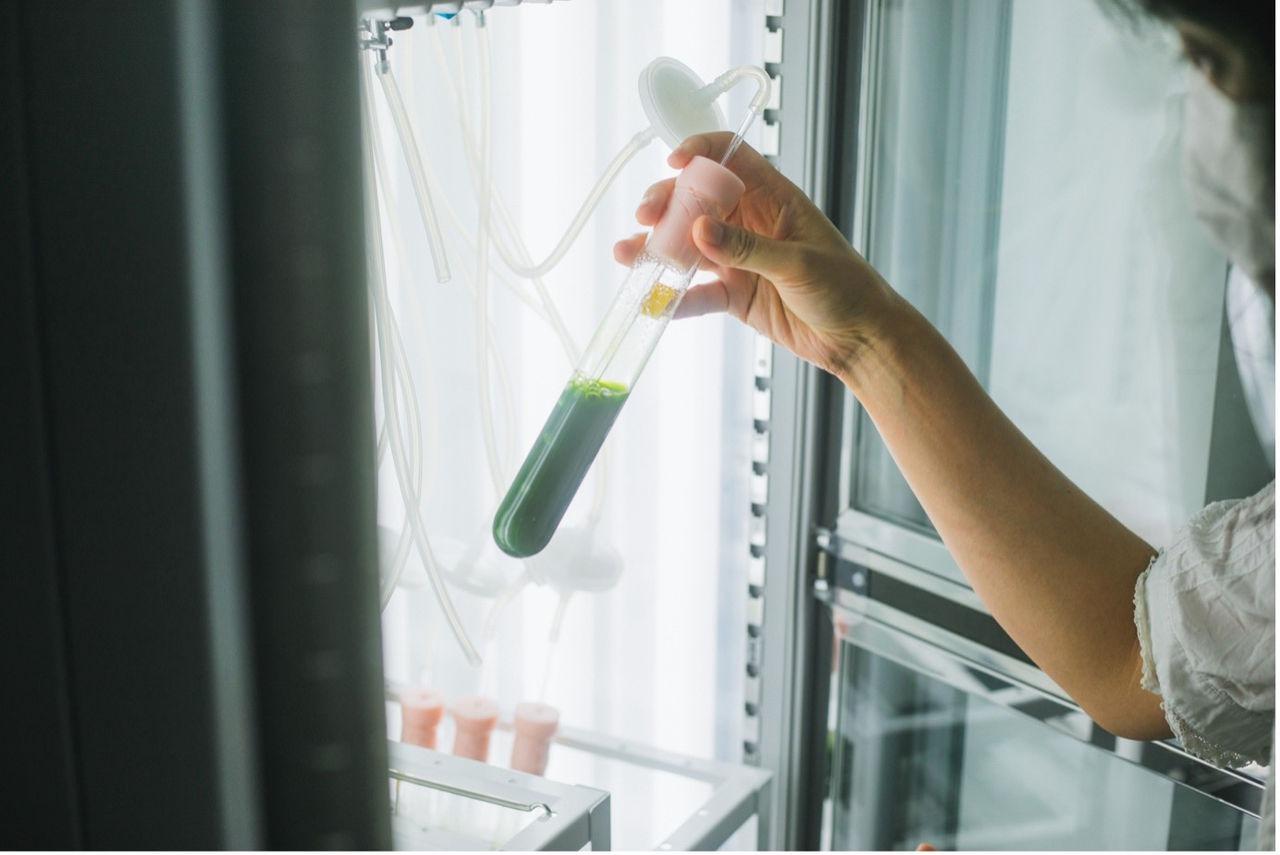Mazda believes the road to carbon-neutral motoring doesn’t have to mean the end of the internal-combustion engine. Instead, the company is continuing work on algae-derived fuels, it says, that could power existing cars with net-zero or even negative carbon emissions.
Speaking at the 2025 Japan Mobility Show, Mazda CFO Jeff Guyton told Australian journalists the company’s biofuel research aims to make petrol engines part of the long-term solution, not the problem.
“Wouldn’t it be great if we could apply a reduced-carbon or carbon-neutral fuel to all those cars that are running around on the streets?” he said.
CarExpert can save you thousands on a new car. Click here to get a great deal.

“There’s more than a billion cars on the planet, and you know, we’re talking about adding EVs step by step, which, by the way, are not carbon neutral. They’re just zero carbon at the tailpipe.”
Mr Guyton explained that Mazda’s engineers have already produced small batches of fuel made from algae cultivated for its high oil content.
“We’ve succeeded in creating or finding a way to grow algae that have the right sort of fats and oils inside their cells, so that we can easily get to the fuel,” he said.
“The fuel itself could go in any car. Doesn’t have to go in a special Mazda engine, and that’s the point… couldn’t we have a carbon-neutral fuel that could go in any car and can address the installed vehicle base.”

Mazda says the prototype fuel can be refined from algae harvested in controlled tanks, using about 1000 litres of water to produce one litre of fuel every two weeks. The current process is slow and expensive, but the company believes it proves the concept is technically viable.
While some automakers have backed e-fuels synthesised from captured CO2 and hydrogen, Mazda’s approach focuses on biological carbon recycling using living organisms to convert atmospheric carbon into energy-rich oil, which is then turned into fuel.
Mr Guyton added the company’s ultimate goal is to make such fuels not just carbon-neutral but carbon-negative, meaning the production process removes more CO2 than the vehicle emits.

“While other people are talking about carbon neutral, we are talking about potential for carbon negative, if it’s done the right way,” he said.
“So that, you know, the more you drive, the less greenhouse gas there is. Wow, that’s kind of an interesting idea.”
The research is part of Mazda’s long-term “multi-solution strategy,” which combines electrification with ongoing investment in cleaner combustion technologies.
At the Tokyo show, the company also displayed the Vision X-Coupe and Vision X-Compact concepts, both previewing how Mazda intends to blend electric and combustion drivetrains while exploring future fuels and carbon-capture systems.

In Australia, where the New Vehicle Efficiency Standard (NVES) will penalise higher-emission cars from 2025, Mazda’s push for alternative fuels could help extend the lifespan of its petrol line-up while meeting stricter CO₂ targets. While the brand’s first electric passenger car, the Mazda 6e, is due soon, full battery EVs remain a low priority.
For Mr Guyton, the algae program is a logical counterpoint to the government’s EV-only focus.
“If our society spent half as much time talking about biofuel as we are talking about electric vehicles… we might be able to really do something,” he said.
Mazda hasn’t committed to a timeline for production, but its willingness to back unconventional ideas shows a brand still determined to find its own way to cleaner motoring even if it takes a little more time to grow.
MORE: Mazda testing carbon-capture exhaust tech that stores CO2 in a tank
MORE: Mazda says EVs “don’t really save the planet”, urges rethink on well-to-wheel emissions
MORE: Mazda keeps the rotary alive: Twin-rotor hybrid concept signals future sports revival
MORE: Mazda plug-in hybrid rotary, city car concepts unveiled

